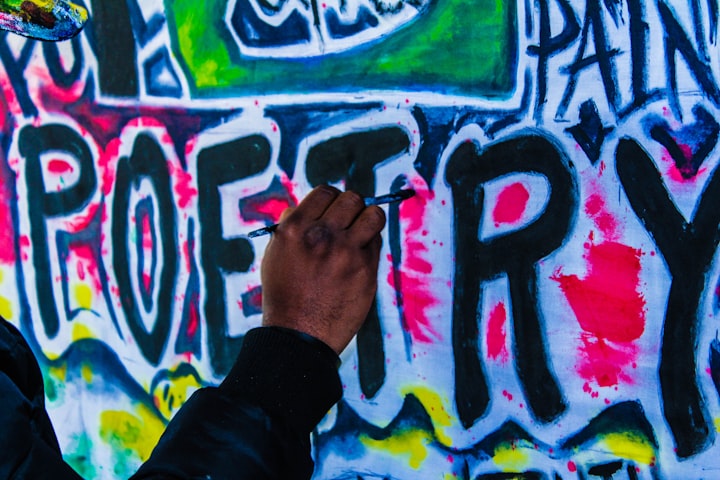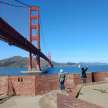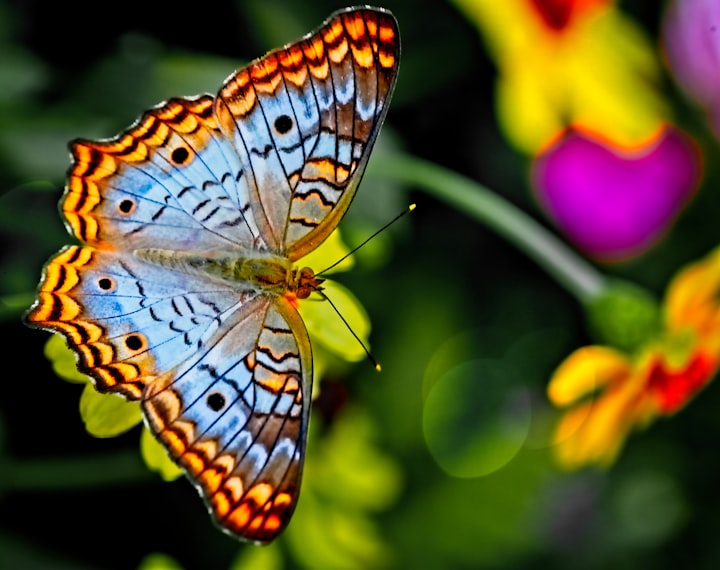
The last time my daughter and grandson visited me for a short vacation in between covid onslaughts, we took the obligatory trip down Lombard street, the “crookedest street in the world” and visited Coit Tower. But our main emphasis was North Beach.
This primarily Italian neighborhood boasts many fine Italian restaurants. But it is perhaps best known as the original home of the Beatniks.
The Beatniks were literary pioneers, poets, and jazz lovers. Classic poems such as “Howl” by Allen Ginsberg, and novels like “Naked Lunch” by William Burroughs and “On the Road,” by Jack Kerouac became instant underground sensations.
The Beatniks were the forerunners of the hippie movement and set the moral and intellectual groundwork for them to prosper and flower. So much so that you can say they almost morphed into the hippie movement.
When I first visited San Francisco, in the fall of 1966, I was steeped in Beatnik culture and had read and reread the classic Jack Kerouac novel, “On the Road” many times. It was like my personal bible.
I stayed in a cheap residential hotel on Broadway, which is sort of the dividing line between North Beach and Chinatown. I drank extremely strong espresso coffee in tiny white mugs in little dive coffee shops and hung out at all the North Beach haunts that I had read about in “On the Road.”
Places like Mike’s Pool Hall and the very famous and still in existence City Lights bookstore on Columbus Avenue, right off of Broadway in the heart of North Beach. The Beatnik philosophy to me was best expressed by Kerouac himself in his extraordinary novel.
The Beat Generation started attracting more mainstream attention when Jack Kerouac’s “On The Road” was published in 1957. It was considered a literary revolution against the “square” world of 1950’s post-war America.
It revealed, praised, and glamorized an ethos of travel, of wild freedom of movement. It included hitchhiking, motorcycles, and driving or hitching cross country just because they felt like it.
It was improvisational, it was spontaneous, and it was inspirational. To beatniks like Allen Ginsberg and Kerouac, it was the only way to be free, to rebel against the ultra conformity they perceived ruled America in the 1950s.
They had a vision of a world that was freer, more inspired. To them beat was that feeling of being down and out, yet still retaining a strong feeling of inner conviction their way was right. They felt out of place in the era of conformity and complacency that held sway in 1950s America.
Their philosophy resonated strongly with up-and-coming artists, especially Bob Dylan, early Pink Floyd, and even the Beatles. They all felt alienated and estranged growing up. They didn’t want to confront the bleak future of the lifestyles they saw their parents immersed in.
They wanted to be more like Jack Kerouac and embraced his anti-materialistic view of life. His enthusiastic articulation of freedom and rebellion excited them and infused their music.
The Beatniks loved poetry and jazz music. The soundtrack of the beat movement was the modern jazz pioneered by Charlie Parker, Miles Davis, and Dizzy Gillespie that the media dubbed Bebop.
The Beat authors freely used expressions derived from the jazz and hipster slang of the ’40s, using words such as “square,” “cats,” “cool,” and “dig.” To them, jazz, poetry, and drinking espresso in North Beach were a way of life.
The Beatniks were the spiritual and inspirational bridge to the hippie generation, and no visit to North Beach would be complete without a visit to the shrine of the Beats, City Lights Bookstore.
It was founded in 1953 by poet Lawrence Ferlinghetti. Both the store and the owners became widely known following the obscenity trial of Ferlinghetti for publishing Allen Ginsberg’s influential collection “Howl and Other Poems” (City Lights, 1956). If you ever visit San Francisco, please check out City Lights. It is like a time capsule from the past.
Even when I first visited the famous North Beach hangouts of my idols, the Beatniks, in the fall of 1966, the beginning of the migration to the Haight Ashbury was beginning. When I returned for good to San Francisco in the following spring, April of 1967, the Haight Ashbury was already primed for the famous Summer of Love.
So I was lucky enough to have bridged two major generational movements in my lifetime. All through dumb luck and good timing. I was a product of my generation, like the famous Who song of the same name.
I was at ground zero for the cultural/social/musical revolution of the Haight Ashbury in the Summer of Love in 1967. I started out as a wannabe Beatnik and was transformed into an original and now retired hippie. And I wouldn’t trade a moment of it.
You really had to be there…and luckily I was! As Marilyn Hopkins sang in her famous 1968 song:
“Those were the days my friend
We thought they’d never end
We’d sing and dance forever and a day
We’d live the life we choose
We’d fight and never lose
For we were young and sure to have our way.
La la la la…”
-Marilyn Hopkins
About the Creator
John Whye
Retired hippie blogger, Bay Area sports enthusiast, Pisces, music lover, songwriter...






Comments
There are no comments for this story
Be the first to respond and start the conversation.